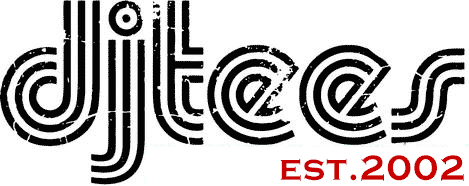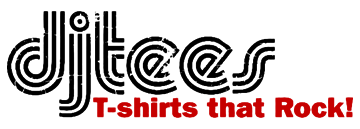Your Cart is empty
Subtotal£0.00
Your order details
Your Cart is empty

The Festival for Peace was an all day concert event produced at Shea Stadium in Queens, New York on August 6, 1970. There was another in Philadelphia a few days later
It was the second event of a series planned to raise funds for anti-war political candidates in the early 1970s. The first, the Winter Festival for Peace, took place in Madison Square Garden in January and had been a huge success.
The date selected for the Summer event was the 25th anniversary of the U.S. bombing of Hiroshima, Japan. The gig was scheduled for 10:00 AM – 10:00 PM but with extra bands added at the last minute, it ran until midnight.

Sadly, very little media has survived and no film of this concert has surfaced despite the fact that it featured people like Janis Joplin, Paul Simon, Creedence Clearwater Revival, Steppenwolf, The James Gang, Miles Davis, Johnny Winter, Herbie Hancock, Dionne Warwick, John Sebastian, The Rascals, the Broadway cast of "Hair," Pacific Gas & Electric, Ten Wheel Drive and others.
It was the first major concert at Shea Stadium after the last performance of The Beatles in 1966 and it proved to be one of the last performances for Janis Joplin who died only two months later, as well as a reunion and last performance with her former band, Big Brother & the Holding Company.
When the concert was first announced, Janis was not scheduled to perform, but Big Brother was on the bill. She was in NYC to do two appearances on Dick Cavett's television show with her new band Full Tilt Boogie and decided to perform with her former band while at Shea. During the August 3rd appearance with Cavett, she announced her intention to play at the Festival, spoke of the show and described the concert as being produced by Peter Yarrow (of the singing group Peter, Paul & Mary). During the concert, Joplin sang a duet of "What the World Needs Now" with Dionne Warwick which sounds lovely.
Peter Yarrow was by then a well-known peace advocate, and together with Phil Friedmann (an Amherst graduate who worked in the campaign for the Democratic nomination of Senator Eugene McCarthy for President) they produced the Summer Festival after their huge success of the Winter Festival for Peace at Madison Square Garden in January 28, 1970.
The importance of these concerts were manifold. First, unlike the for-profit Woodstock Music & Arts Fair that became increasingly political as it unfolded, the Festivals for Peace were the first large venue U.S. music events which were produced with the sole intention of fundraising for political, and specifically anti-war, purposes: not unusual later but not seen on any scale prior to 1970.
This is significant as it marks the counterculture’s movement away from their ‘flowers in guns’ philosophy - as great as that was - to a more hard-nosed political understanding as a way to enact permanent change.
Secondly, again in contrast to Woodstock where performers insisted on being paid, Peter Yarrow and Friedmann were able to convince everyone to donate their time and performances to the Festival for Peace shows.
This was the first time that many of the world's biggest rock, jazz, blues and folk performers came together and donated their performances to aid a specific social/political agenda. The Summer Festival for Peace was the first of many, more and better publicized benefit concerts in the future. As such it paved the way for The Concert for Bangladesh (August 1, 1971), Farm Aid (September 22, 1985), Live Aid, etc. by demonstrating the fundraising potential for such large scale musical events.
It’s a shame there isn’t any footage of the gig as, in the history of rock, it is an important show.
We will send you an email to reset your password.

